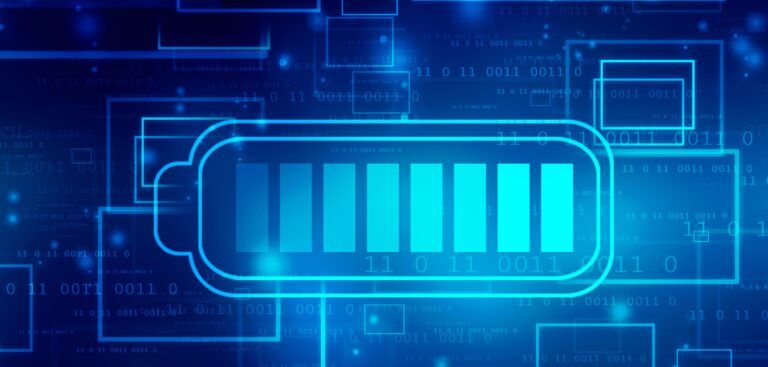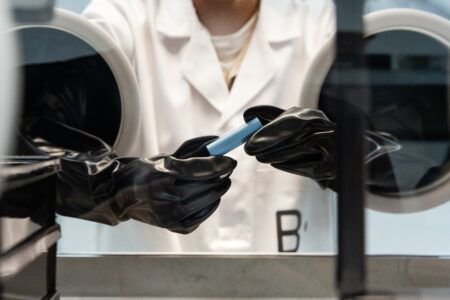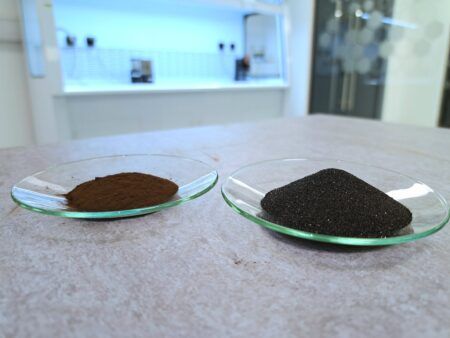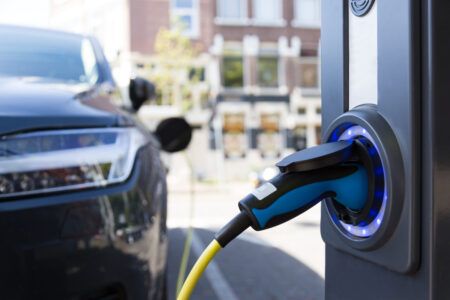As part of the development of silicon-based materials utilizing CHS in energy-focused applications such as electric vehicles, the Coretec Group has announced a strategic partnership with Theion, a Germany-based battery technology company.
Theion, which develops next-generation batteries will be using Coretec’s Cyclohexasilane (CHS) technology as a key material in their battery technology and plans to leverage its unique properties to create Quasi Solid-State Batteries (QSSB), a technology which aims to surpass all liquid electrolyte batteries in the near future. Through the partnership, Coretec will be both a development partner and key material supplier to Theion.
The QSSB from Theion will be superior to any currently manufactured battery, offering more capacity by mass and volume, a full charge within minutes, and a longer lifespan with a larger number of charge and discharge cycles. Coretec’s CHS will be used in the silicon doping process of the anode and, due to its unique material properties, will be a key process step to enhancing coulombic efficiency.
“We are proud to partner with Theion as they bring the Quasi Solid-State Battery design to life. Together, we’re aiming to deliver a battery that is superior in all critical performance metrics by leveraging the unique material properties of CHS,” said Michael Kraft, CEO of The Coretec Group. “Our CHS technology has so much potential for battery designs, helping battery developers and manufacturers create next-generation models that don’t force a compromise between cost, capacity and longevity.”
“Once we learned about CHS, we knew it was the ideal solution for our QSSB technology. Creating battery technologies that allow for faster charging, offer more capacity and are a sustainable alternative to current options on today’s market is at the core of what we do and with CHS, we can achieve that in a way that is scalable,” said Florian Ruess, CEO of Theion. “People want and deserve a better battery, and through our partnership with Coretec, we believe we’ll be able to bring us closer to creating a battery that will spark the electric mobility breakthrough.”





